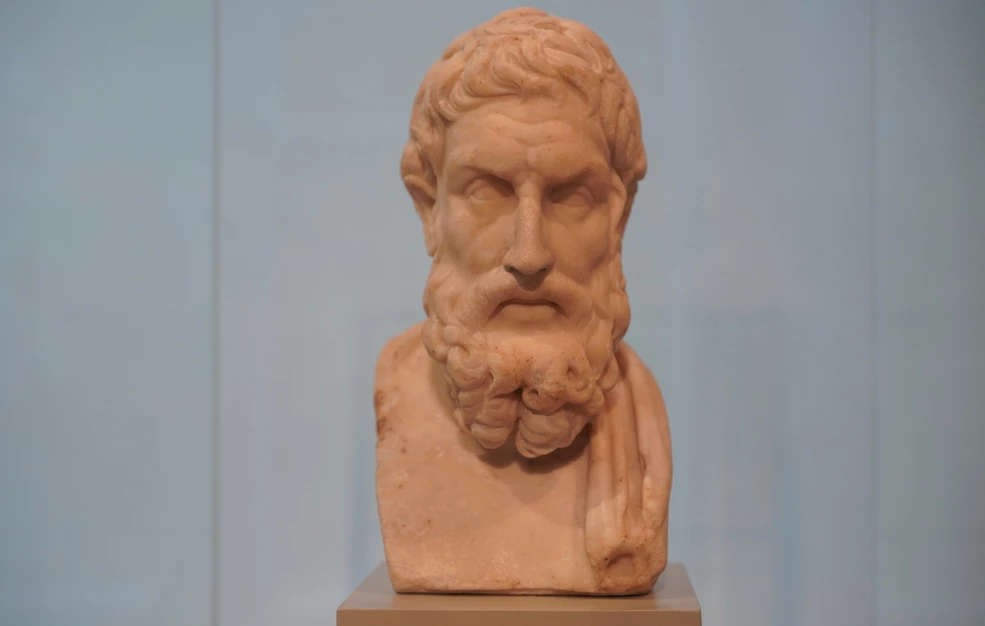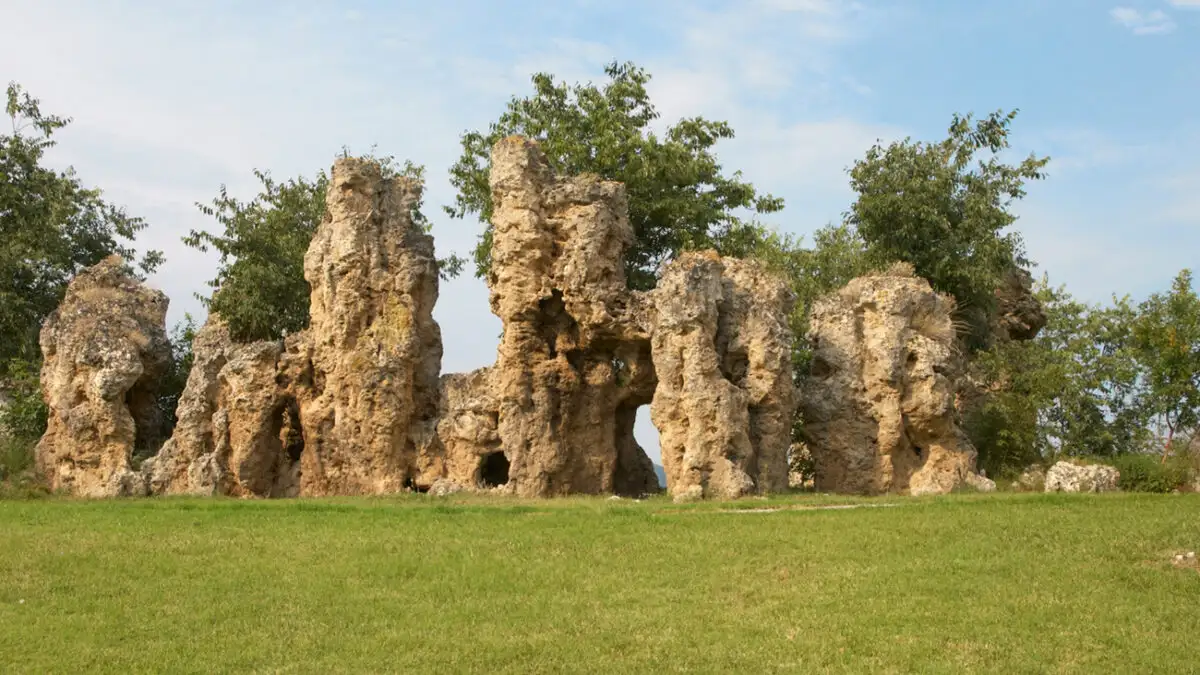Heroine of the Greek War of Independence (1796 – 1848)
Manto Mavrogenous was one of the few women who distinguished in the Greek War of Independence. She descended from the wealthy Phanariot family Mavrogenis (meaning Blackbeard), who was involved with commerce. She spent her entire family’s fortune to support the Greeks in the war, ending up poor and forgotten.
She was born in Trieste. When the Greek War of Independence began, her family moved to Paros and Manto was initiated into the Society of Friends (Philiki Hetaereia). She actively joined the war and contributed initially by clearing the Aegean archipelago from Turkish and Algerian pirates with her fleet. Afterwards, she funded the equipment of Mykonian ships, with which she participated in battles in Karystos, Pylion, Leivadia and Phthiotis. In 1822 she led the Mykonians into battle against the Algerian invasion in Mykonos. The same year, as captain of her own private navy, Manto descended to Peloponessus where she fought in battles dressed as a man. For a woman, this was very radical, at the time. She was recognized as the spirit of the Greek War of Independence of Mykonos.
As a result of her huge economic support to the Greek War of Independence, her governing skills in the navy and her epistles to French and English women for their support in the War, Manto’s name became very popular in Europe. Her contribution in the battles has been written extensively by foreign historians. Shortly after the nation’s independence, she was appointed leutenant general by John Kapodistrias as well as inspector of the orphanage of Aegina.
In the end, Manto had given everything she owned for the freedom of the nation. She had even given all her jewlery so that 2000 people from Messolonghi would be nursed and sheltered. In her own words, she said “It is not important what I will become, as long as my country is free. After I give everything I can provide for the holy cause of freedom, I will go to the battlefield of the Greeks to die if it is needed”. She died of typhus in Nauplion, in a house she had been granted by the government in utter poverty.
Bibliography
Konstantaras, Konstantinos. Το Άδοξο Τέλος των Αγωνιστών του 21᾿. Hilektron Publications: Athens, 2016. Print.
Lampsidis, Georgios. Μαντώ Μαυρογένους – Μια μαύρη σελίδα της επανάστασης του 1821. History of Macedonia. History-of-macedonia.com. Web. February 17, 2011.









